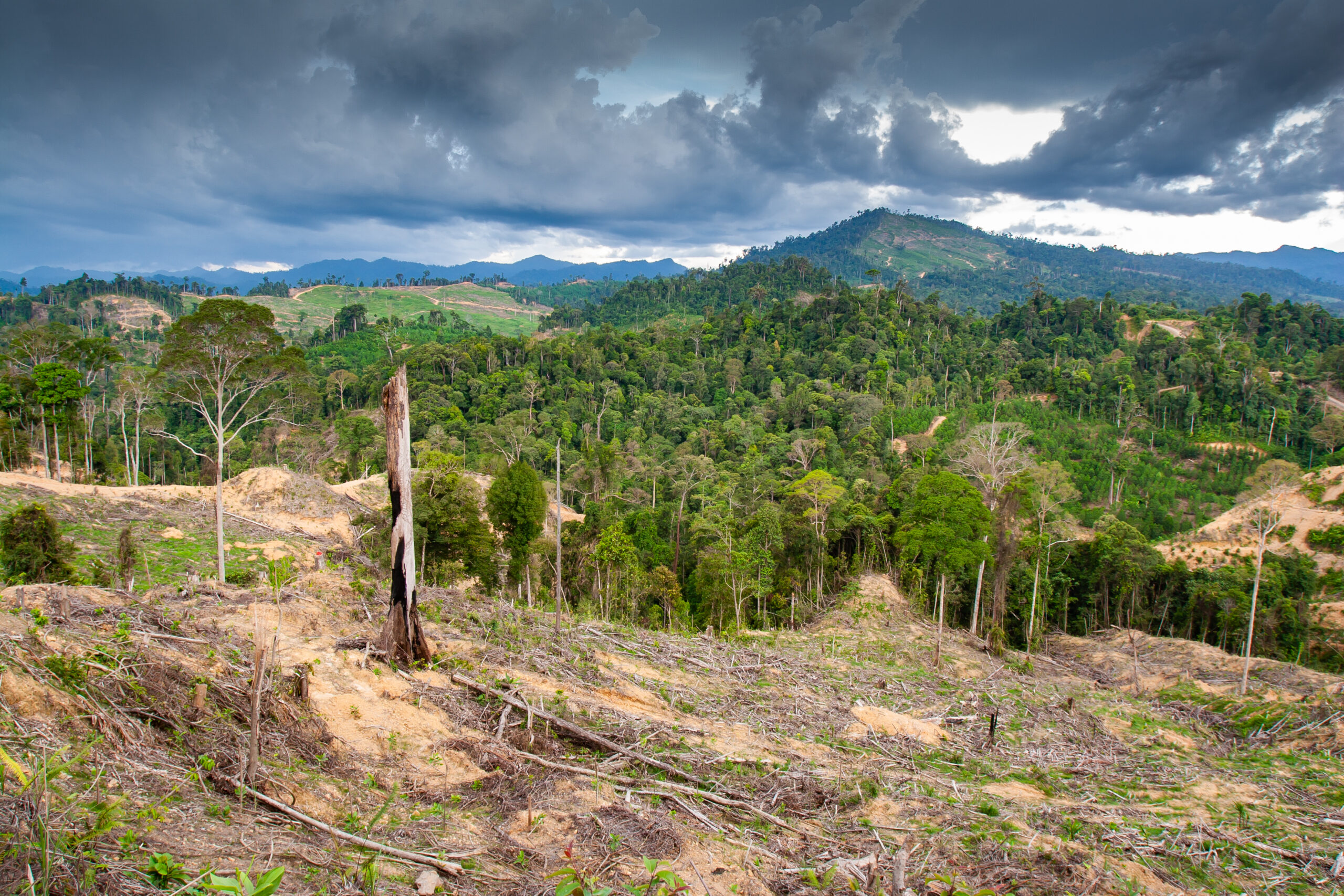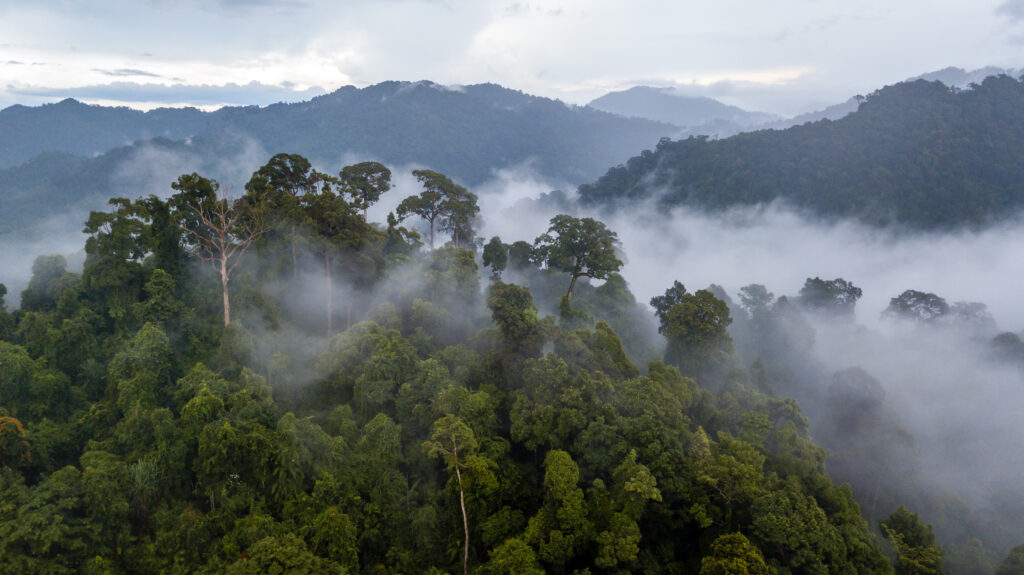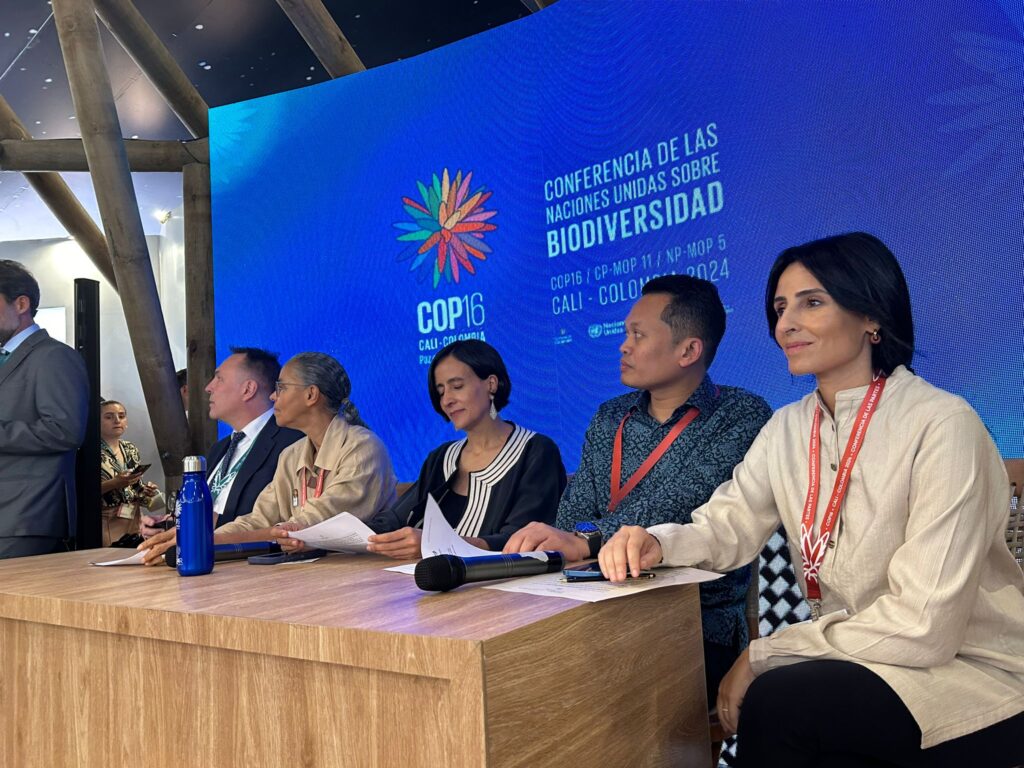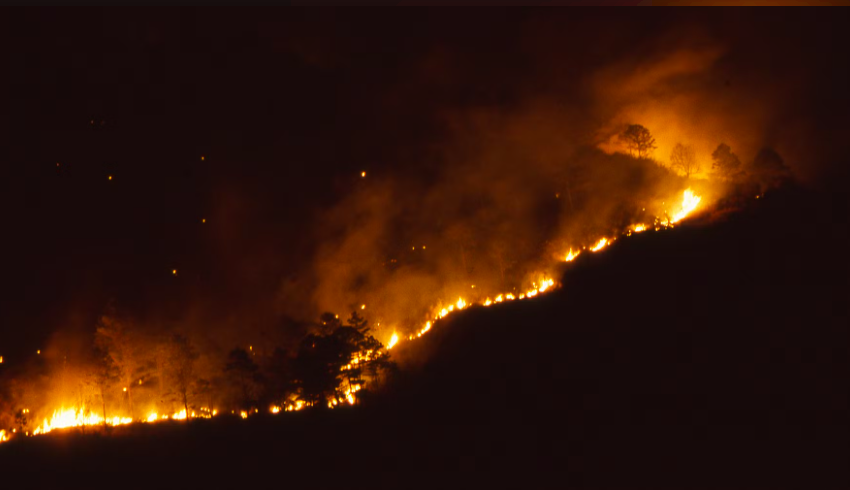Agriculture is the leading cause of deforestation globally
Livestock farming is responsible for 40% of global deforestation. In tropical regions, forests are mainly cleared for cattle farming, a growing industry that requires significant land for grazing and feed production. Globally, livestock feed and grazing occupy 80% of agricultural land, making meat production one of the least efficient ways to feed people.
Soy and palm oil are among the primary crops replacing forests, but other products like avocados, bananas, sugar, maize, and cotton also contribute to deforestation. Many of these products find their way into our homes, whether directly – such as Brazilian beef or Ethiopian coffee – or indirectly, like palm oil in shampoos or soy used as feed for pigs, whose meat we consume. Forests of the World has documented that Denmark imports over 1.7 million tons of soy annually, with 900,000 tons used as feed for pigs.
Forests of the World works in Latin America and Africa, where agriculture is a major force behind deforestation. In Latin America, large-scale industrial agriculture clears vast forest areas, primarily for cattle farming and soy cultivation, but increasingly for other crops. In Africa, it is often small-scale farmers who clear forests to establish smaller, less efficient farms, a trend fueled by rapid population growth.
In Denmark, agriculture occupies 61% of the country’s land and has historically been the primary cause of deforestation. Today, industrial agriculture and forestry are the greatest threats to biodiversity in Denmark, polluting rivers, lakes, oceans, and wildlife habitats.
Forests of the World works in Latin America and Africa, where two types of agriculture are major drivers of deforestation

Cattle
A staggering 83% of the world’s agricultural land is used for livestock production, even though meat and dairy account for only 18% of the calories we consume. Research from the Potsdam Institute for Climate Impact Research indicates that replacing just 20% of global beef consumption with plant-based alternatives could reduce global deforestation by half.
Soy
Globally, 80% of agricultural land is allocated to producing animal feed, with soy being a significant contributor. The expansion of soy cultivation is largely fueled by the rising global demand for meat, as soy is one of the cheapest and most efficient sources of animal feed. Since 1980, per capita meat consumption has increased by around 30%, a trend further compounded by substantial population growth during the same period.


Palm oil
Palm oil is popular because it is an inexpensive alternative to traditional ingredients and remains solid at room temperature, making it versatile for various applications. However, it is high in saturated fat, making it one of the least healthy vegetable oils.
EU regulations allow palm oil to be listed as “vegetable oil” on product labels, making it difficult to determine in which products and quantities it is used in Denmark.
Coffee
Conventional coffee farming clears around 120,000 hectares of forest each year—equivalent to about 13 football fields every hour. This deforestation not only destroys natural habitats but also contributes significantly to climate change.
A cup of conventionally grown coffee has a notable carbon footprint, which increases further if you use large amounts of milk or boil more water than necessary. Dairy, like meat, is associated with high CO2 emissions.





